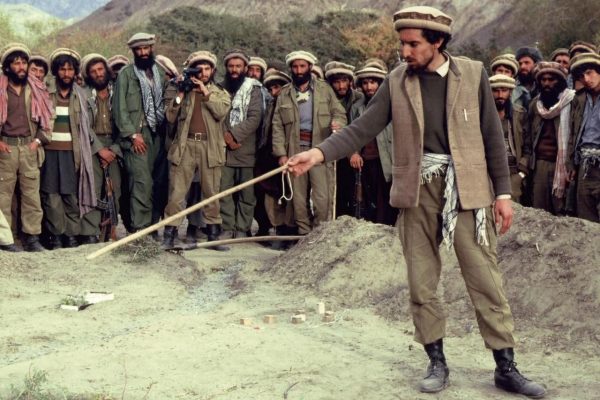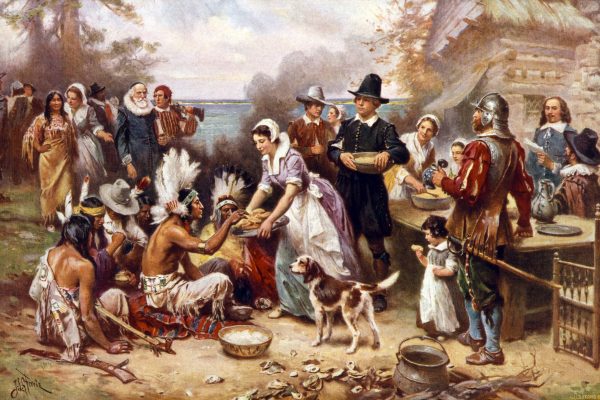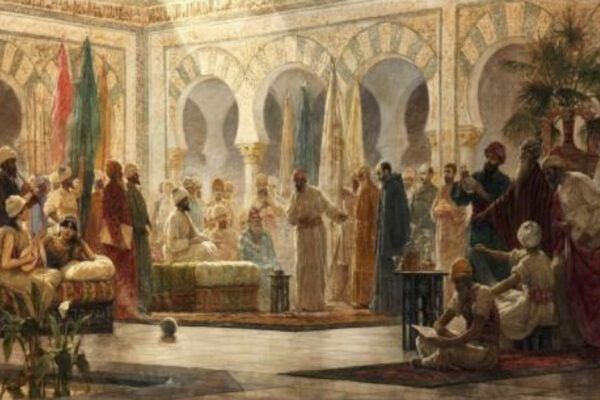Panjshir province has previously defended itself against the Soviets and the Taliban rule of the 1990s – but what will its fate be today?
Panjshir province has previously defended itself against the Soviets and the Taliban rule of the 1990s – but what will its fate be today?
A rapid offense by the Taliban following the formal withdrawal of the US troops in Afghanistan has seen them take control of the capital Kabul in less than four months with relatively little resistance. Despite this, the Taliban haven’t taken the entire country yet – with one province proving to be a thorn in their side: Panjshir.
On looking at the history of the Tajik majority region just north of Kabul, it is no surprise that they are proving stubborn against Taliban rule in Afghanistan. Here’s a brief history of the Panjshir province and its place today.
Massoud and the Soviets
Ever since the Soviet invasion of Afghanistan in 1979, the Panjshir province has always proven difficult for the outsiders to control; all because of one man and his resistance, Ahmad Shah Massoud.
Nicknamed the “Lion of Panjshir”, Massoud stood firm against the Soviets on the nine occasions they tried to attack the province. Despite only being armed with antiquated rifles compared to the Soviet’s superior air artillery, Massoud’s resistance outwitted the Soviets on each occasion, using guerrilla tactics and the mountainous land to their strengths.
Massoud’s men would sometimes allow Soviet forces into the valley, and then cripple or cut them off with harassing fire from the higher ground of the mountains. Having successfully defended the Panjshir province, Massoud signed the Peshawar Accord, a peace and power-sharing agreement, in the post-communist Islamic State of Afghanistan.
The Northern Alliance and the Taliban
Following the Taliban takeover in 1996 Panjshir saw fighting once again. Massoud rejected the Taliban’s fundamental view of Islam and despite being offered roles in the Taliban government, Massoud created the Northern Alliance against the Taliban advance.
From 1999, the ethnically-Tajik Ahmad Shah Massoud and the ethnically-Pashtun Abdul Haq set about uniting all the ethnicities, with Massoud uniting the Tajiks, Hazara, and Uzbeks and Abdul Haq receiving increasing numbers of Pashtun Taliban. Working with exiled King Zahir Shah, Steve Coll referred to the new alliance as the “grand Pashtun Tajik alliance”.
Whilst the Taliban were imposing their repressive regime, many Afghans fled to the Northern Alliance territory with the Northern Alliance managing to get many ex-Taliban fighters on their side. Massoud in 2000 officially brought the new alliance in a meeting to discuss a council of elders to settle the political turmoil in Afghanistan and in 2001, the ethnic leaders from all of Afghanistan addressed the European Parliament asking for humanitarian aid – with Massoud stating that the Taliban and Al-Qaeda had introduced a wrong perception of Islam. Massoud also provided intelligence information about a large-scale attack on US soil being imminent.

Indeed the September 11th attacks happened just a few months later and just days before the attack Massoud was a target of a suicide attack in the Takhtar province of Afghanistan. Massoud always had control of Panjshir and life there was starkly different to life under the Taliban; Massoud created democratic institutions which were structured into several committees: political, economic, health, and education. He also signed the Declaration of the Essential Rights of Afghan Women drafted by Afghan women, which established gender equality in front of the law and the right of women to political participation, education, work, freedom of movement, and speech.
In the areas of Massoud, social justice for women was always present; girls were allowed not to wear the burqa, they could work and go to school and Massoud personally intervened against cases of forced marriage in favour of the women. Though he died at just 48 years old, Massoud’s legacy was one of a national hero; he never left Afghanistan in the fight against the Soviets and later against the Taliban.
In 2001, President Hamid Karzai officially awarded Massoud the title of “Hero of the Afghan nation”. Even outside Afghanistan, Massoud is recognised; in New Dehli, a road is named after him and in the council of Paris, a plaque honouring Massoud was installed in the 8th arrondissement of Paris in February 2021.
The Current Fight Against the Taliban
After 20 years of war, the US and NATO forces withdrew from Afghanistan following a peace deal. Following that, the Taliban launched an offense in May 2021, sweeping across the region and capturing 33 out of 34 provinces in a matter of weeks. The one remaining province: Panjshir.
Under Ahmad Massoud, who succeeded his father Ahmad Shah Massoud in September 2019, the Northern Alliance has been standing strong against the Taliban once again. Just like his father, Massoud hopes for democracy in Afghanistan and is open to talks with the Taliban – though talks have stalled as of now.
Amrullah Saleh has also vowed to continue military operations against the Taliban, declaring himself president of Afghanistan which was endorsed by Massoud. Many of the ex-Mujahideen who served Ahmad Shah Massoud have also joined the resistance.
Yet it is an uphill battle, with only 7000 men according to Russian sources, as well as the whole of Panjshir effectively being under siege with supplies narrowed – it seems that the resistance has very little chance of succeeding this time. The Taliban have seized US military equipment including armoured vehicles and combat aircraft, and have an estimated 60,000 armed men on their side supported by up to 200,000 more.
The History of the Taliban: A Look at Afghanistan Then and Now
However, there are still opportunities for the resistance to succeed; the fundamentalist regime of the Taliban may receive some support in the Pashtun-dominated areas but popular support, as well as international recognition, would be difficult with several countries already refusing to recognise the Taliban including Canada. In this, the resistance can present itself as a better alternative like before and events such as the anti-Taliban protest in Jalalabad will only help unite the resistance movement.
The Taliban offensive on the 31st August in the areas of Baghlan Panjshir and Parwan, allegedly involving al-Qaeda troops, is worrying for the resistance; capturing Dih Saleh in Baghlan, and though the attack on the Khawak Pass connecting Baghlan and Panjshir failed the resistance have found themselves cornered. The Taliban also attempted to attack Southern Panjshir from Gulbahar but despite their numerical superiority, they failed to break through.
On September 1st, a day after the initial clashes at the entry points of Panjshir, the internet was shut down in the province but Fahim Dashti, the spokesperson for the resistance, conducted an interview with BBC Persian stating how negotiations failed with the Taliban as the resistance wanted guarantees of protecting freedoms and human and political rights of ethnic and religious minorities as well as women – but the Taliban didn’t want to negotiate these guarantees but wanted to discuss the participation of the Panjshir opposition in the Taliban government; rather like how Ahmad Shah Massoud was offered roles in the Taliban government.
On September 3rd, the Taliban claimed to have captured Panjshir but these claims were described as lies by local resistance leaders including Saleh with the fate of Panjshir still in the balance. Although a victory for the resistance was described as “impossible” by a Taliban spokesperson, it seems that they are still standing strong for now; and with the NRF spokesperson stating that a Taliban push into Panjshir resulted in the encirclement of a few hundred Taliban fighters, it seems as though the old tactics of Ahmad Shah Massoud against the Soviets are still being used to great effect today.
We hope that Inshallah a solution can be reached for the betterment of the people of Afghanistan and that one day the young Afghan children can have dreams just like children everywhere do. May Allah protect the people of Afghanistan.
References
Afghanistan’s Panjshir Valley: The Last Stronghold of Resistance to Taliban Rule
Panjshir Valley Resistance Leaders Remain Defiant





